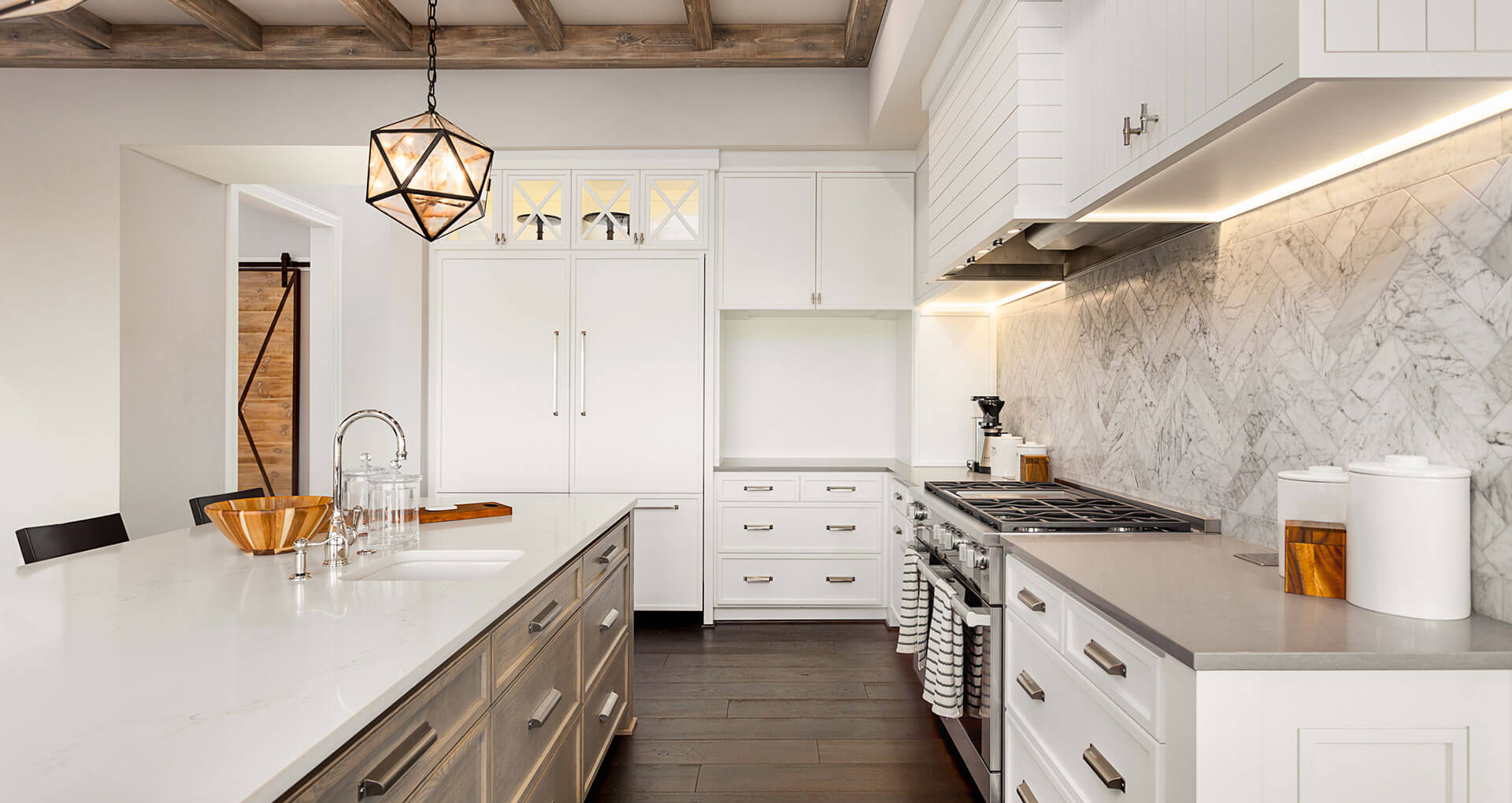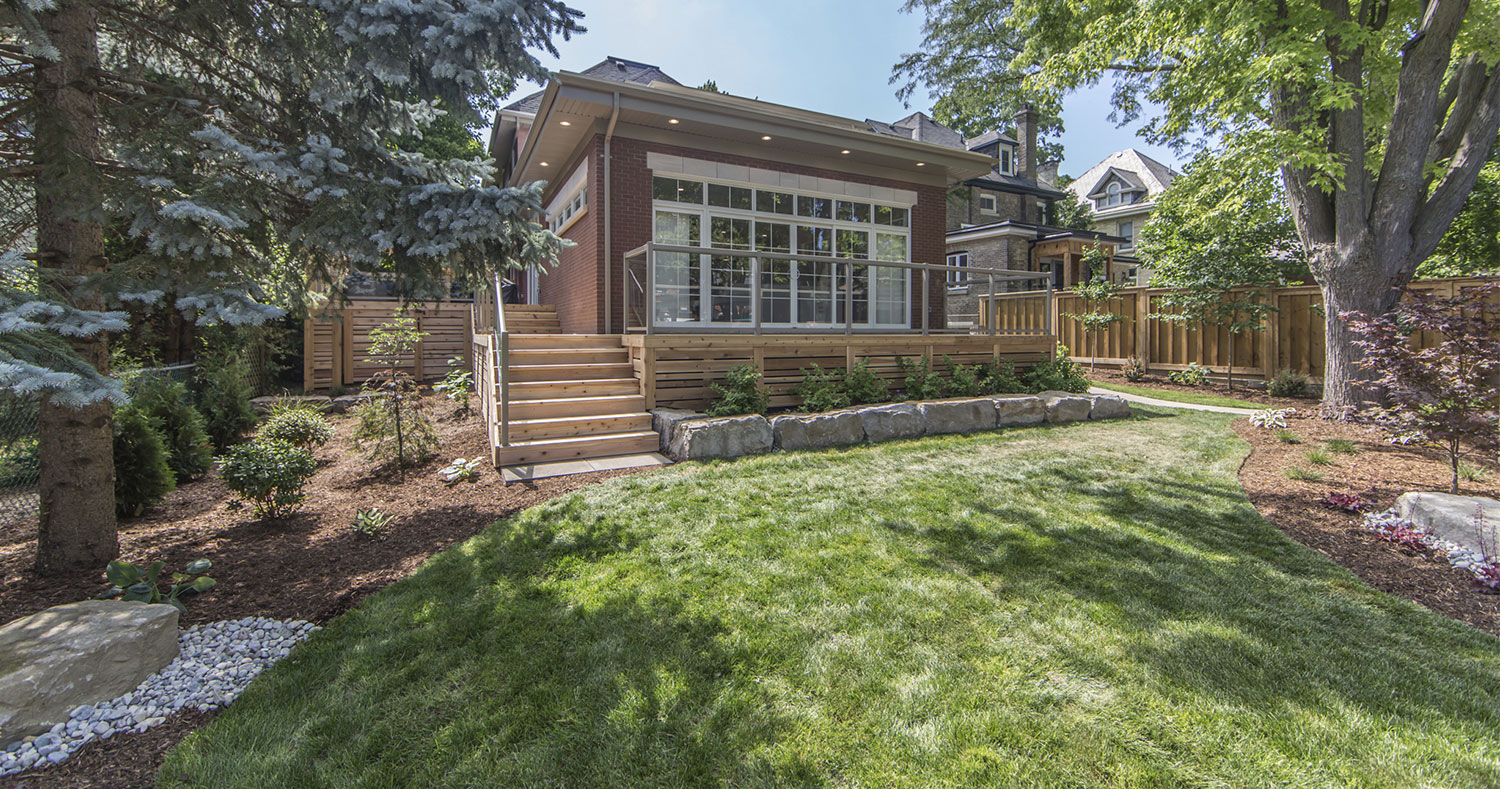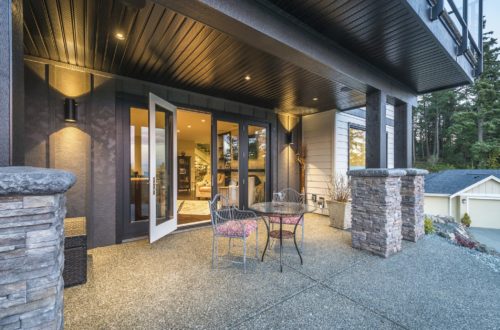Many people assume that building a new house or renovating doesn’t take a significant amount of time. This may be due to home improvement shows that make it look like a smooth and efficient process. Unfortunately, the construction process can be lengthy due to each step that is involved. If you want to create a realistic project timeline, Alair Homes London gives a few important steps to take.
Research Everything
Research is necessary to ensure that you use the right materials and know exactly what you want when designing your home and layout. Find different ideas by looking through magazines or browsing design websites or apps. Save photos that you find to give to your builder or designer to ensure that they understand your vision and style.
Obtain Permits
Permits are not always an easy to obtain and can add several months to your timeline. Building permits are required for larger projects. This can include building a room addition or adding a new basement to your house. Understanding the obstacles that you may be facing will make it easier to give yourself more time to complete the project and determine when it can be finished.
Incorporate the Design Phase Timeline
Two to six months are needed to complete the design process, depending on how many details are involved. Two to six months is required for each room and four to six months are needed for multiroom projects. It’ll also take an additional one week to one month to call different city departments to research building codes that you need to follow and be approved for the permits.
Give yourself two weeks to three months of time to shop for furniture pieces, finishes, and materials that are needed. You’ll also need more time to return products that you change your mind on and find a replacement item.
Add the Construction Timeline Phase
Expect the construction timeline to take six to 12 months to have everything delivered to your front door. Certain tiles or furnishings can take several months to arrive and even longer if they’re coming from overseas. The building process will take an additional one to six months for each room that you’re working on but can be delayed if underlying issues are discovered or if you change your mind on certain features.
Use a Buffer
A buffer is needed for delays that may occur during the construction process. This will ensure that you aren’t disappointed if the project takes longer than anticipated. At least two months should be added to the timeline to plan for emergencies. You can have more patience and brace for impact when the unexpected occurs, and you have to resolve issues that develop.
The buffer will also be used to plan around holidays or certain weather conditions that can push back the completion date.
Remain Realistic
Remain honest with your designer and builder when discussing your budget to ensure that your timeline is accurate and that everything goes smoothly. You’ll avoid complications if you’re upfront about what you can afford instead of trying to inflate your budget.





